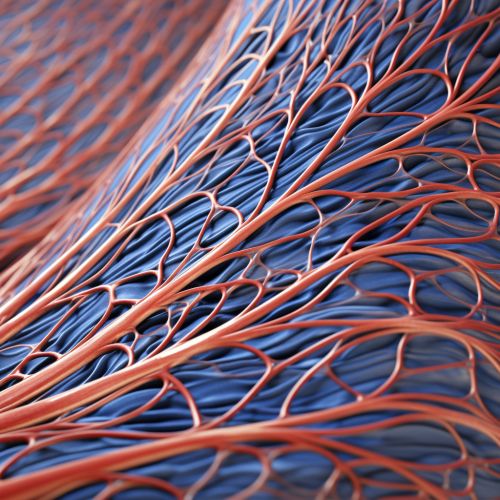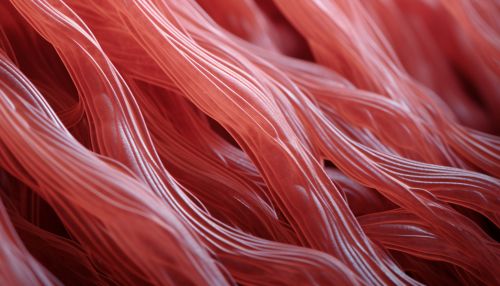Muscle Physiology
Anatomy of Muscles
Muscles are complex structures composed of muscle cells, also known as myocytes. These cells are specialized for contraction, which allows for movement and maintenance of posture. Each muscle cell contains several myofibrils, which are bundles of actin and myosin filaments. These filaments slide past each other to produce a contraction, a process known as the sliding filament theory.


Types of Muscles
There are three types of muscles in the human body: skeletal, cardiac, and smooth. Skeletal muscles are the most abundant and are responsible for voluntary movements. They are attached to bones by tendons and are striated, meaning they appear striped under a microscope due to the arrangement of actin and myosin filaments. Cardiac muscles are found only in the heart and are responsible for pumping blood throughout the body. Like skeletal muscles, they are striated, but they are not under voluntary control. Smooth muscles are found in the walls of hollow organs like the stomach, intestines, and blood vessels. They are not striated and are not under voluntary control.
Muscle Contraction
Muscle contraction is a complex process that involves several steps. The process begins with a signal from the nervous system, which triggers the release of calcium ions from the sarcoplasmic reticulum, a specialized part of the muscle cell. These ions bind to a protein called troponin, causing a shift in the muscle proteins that allows the myosin heads to bind to the actin filaments. This binding triggers a power stroke, where the myosin head pivots and pulls the actin filament, shortening the muscle and causing a contraction.
Energy for Muscle Contraction
Muscle contraction requires energy, which is provided by adenosine triphosphate (ATP). ATP is produced by the mitochondria in the muscle cells through a process called cellular respiration. During intense exercise, when the demand for ATP exceeds the supply, the muscle cells can also produce ATP through a process called anaerobic respiration, which does not require oxygen but produces less ATP and results in the production of lactic acid.
Muscle Fatigue
Muscle fatigue occurs when a muscle can no longer generate force after prolonged activity. This can be due to a number of factors, including depletion of energy stores, accumulation of metabolic waste products like lactic acid, and failure of the nervous system to generate sufficient signals to maintain muscle contraction.
Muscle Hypertrophy and Atrophy
Muscle size can change in response to use and disuse. Muscle hypertrophy is the increase in muscle size that occurs with regular exercise, particularly resistance training. This is due to an increase in the size of the muscle fibers, not an increase in the number of fibers. Conversely, muscle atrophy is the decrease in muscle size that occurs with disuse, such as during prolonged bed rest or in certain diseases.
